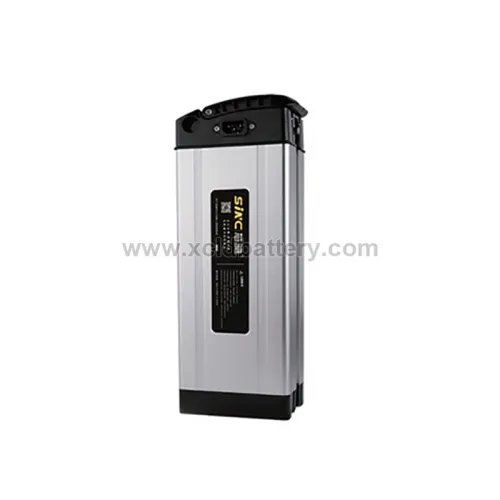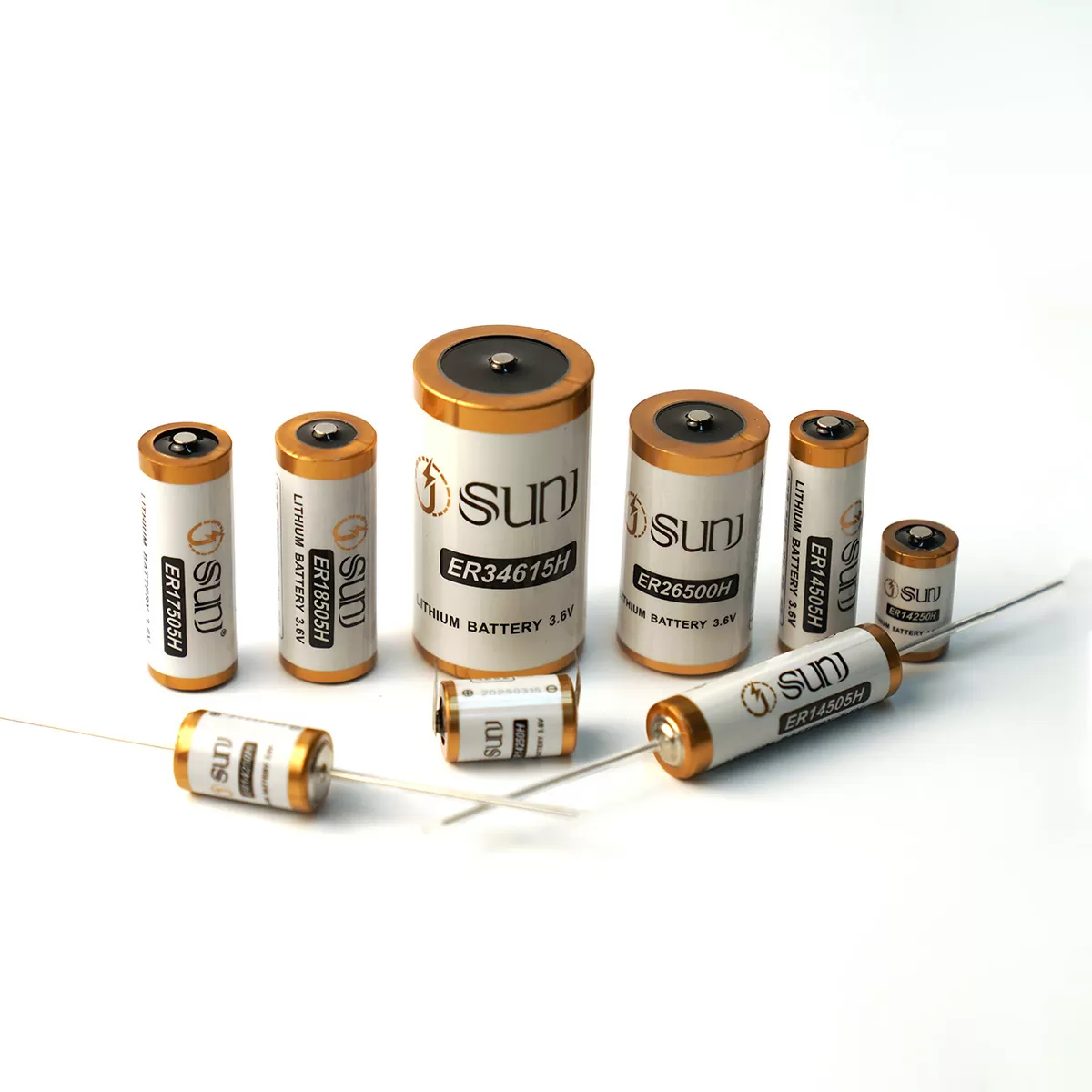How Many Watts Is a 36 Cell Solar Panel?
Wondering how much power a 36-cell solar panel can actually produce? You're not alone. Whether you're sizing a solar setup for a boat, cabin, or off-grid power system, knowing the output of a 36-cell panel is crucial. Let's break it down step by step.
What Is a 36-Cell Solar Panel, Technically Speaking?
A 36-cell solar panel is typically a polycrystalline or monocrystalline photovoltaic (PV) module arranged in a 6x6 cell matrix. Each individual cell generates approximately 0.5 to 0.6 volts under Standard Test Conditions (STC), making the total panel voltage around 18V — ideal for 12V battery charging systems.
Think of each solar cell like a battery in a flashlight — by linking them together, the voltage adds up.
Standard Wattage Output of a 36-Cell Panel
| Cell Type | Efficiency (%) | Typical Power Output (Watts) |
|---|---|---|
| Polycrystalline | 15–17% | 80W–100W |
| Monocrystalline | 18–20% | 100W–120W |
Most 36-cell panels fall in the 80 to 120-watt range, depending on the cell type and manufacturing quality.
How to Estimate Output Based on Location
To determine real-world power output, follow this formula:
Daily Output (Wh) = Panel Wattage × Peak Sun Hours (PSH)
If you're in California (5.5 PSH), a 100W panel can generate ≈ 550Wh per day.
If you're in the UK (2.5 PSH), that drops to ≈ 250Wh per day.
Tip: Use a solar irradiance map to estimate PSH for your region.
Watch Out: Common Risks with 36-Cell Panels
Risk: Insufficient voltage for grid-tied inverters
Fix: Use an MPPT charge controller to boost efficiency and ensure compatibility.
Risk: Overcharging 12V batteries in high-sun zones
Fix: Install a charge controller with temperature compensation and auto cut-off.
Backed by Standards: What Do Specs Say?
Under IEC 61215 and IEC 61730 standards:
Related links:Maximizing Efficiency: Three-Phase Inverters for Industry
Ultimate Guide to 12V 4000mAh Ni-Cd Batteries: Power & Longevity
agm dual purpose battery
How Will 500 kW Battery Storage Transform Energy Savings?
Discover the Best Names for Your Camel Groups Today!
Unlock Energy Independence: The Essential Three Phase Hybrid Inverter for South Africa's Power Challenges
How Does a Three Phase Inverter Enhance Solar-Powered Remote Monitoring?Nominal Operating Cell Temperature (NOCT): ~45°C ±2°C
Voltage at Maximum Power (Vmp): ~17.5V
Current at Maximum Power (Imp): ~5.7A for a 100W panel
Use a multimeter to verify output and match it to the datasheet.
Versatile Applications Across Industries
Off-grid camping systems: Charge 12V RV or marine batteries without shore power.
Telecom infrastructure: Power remote communication repeaters in mountainous regions.
Field research units: Run monitoring equipment for environmental science.
Smart agriculture: Power automated irrigation controllers or sensors.
36-cell panels are favored for compactness and low voltage risk in delicate or mobile systems. However, they may struggle in snowy or heavily shaded environments due to lack of bypass diodes or module redundancy.
Summary: Is a 36-Cell Panel Right for You?
Choose this panel if your system is 12V, mobile, or off-grid.
Don't use it for rooftop grid-tied systems — go for 60 or 72-cell panels instead.
Use series/parallel wiring to scale up based on power demand.
Final Checklist Before Installation
Measure your daily energy demand in watt-hours.
Verify peak sun hours using a solar map.
Choose a matching charge controller (PWM or MPPT).
Size your battery bank accordingly.
Secure and ground your panel properly to avoid power loss or hazards.
Still not sure which panel suits your project? Consult a certified solar installer or request a custom energy audit to minimize sizing errors.
Related links:What Are the Best Practices for Maintaining My Agriculture Hybrid Inverter?
Maximize Savings: Choosing the Best Single Phase Solar Inverter
Key Factors in Choosing 18650 Batteries for Exports
Unlocking Power: The Benefits of Joinsun Battery
Smart Solutions for Common Concerns in Eco-Friendly Low Voltage Lithium Batteries
String Inverters vs Microinverters: Best Solar AC Solutions?
How Can 21700 Battery Technical Consulting Solve Your Energy Challenges?




